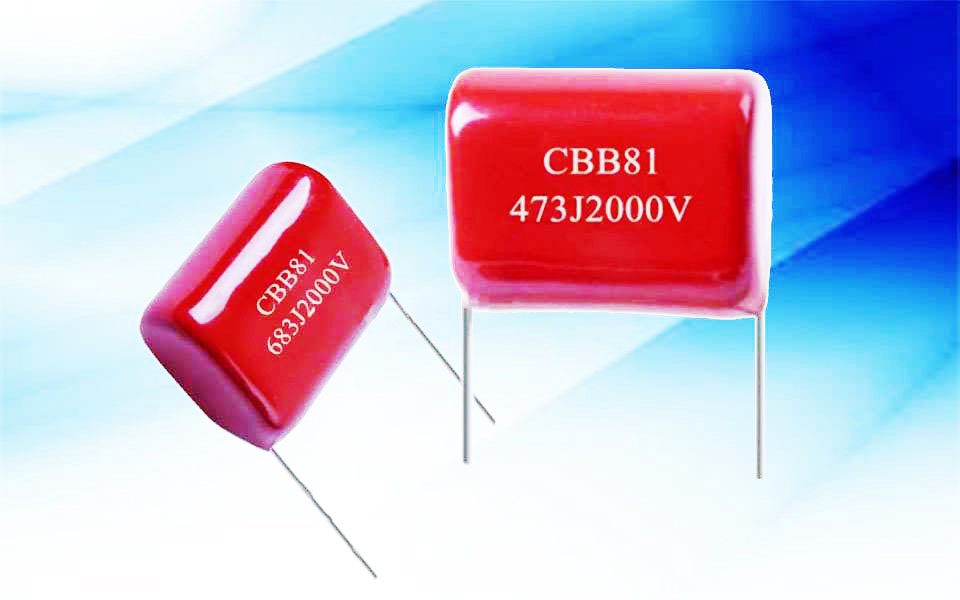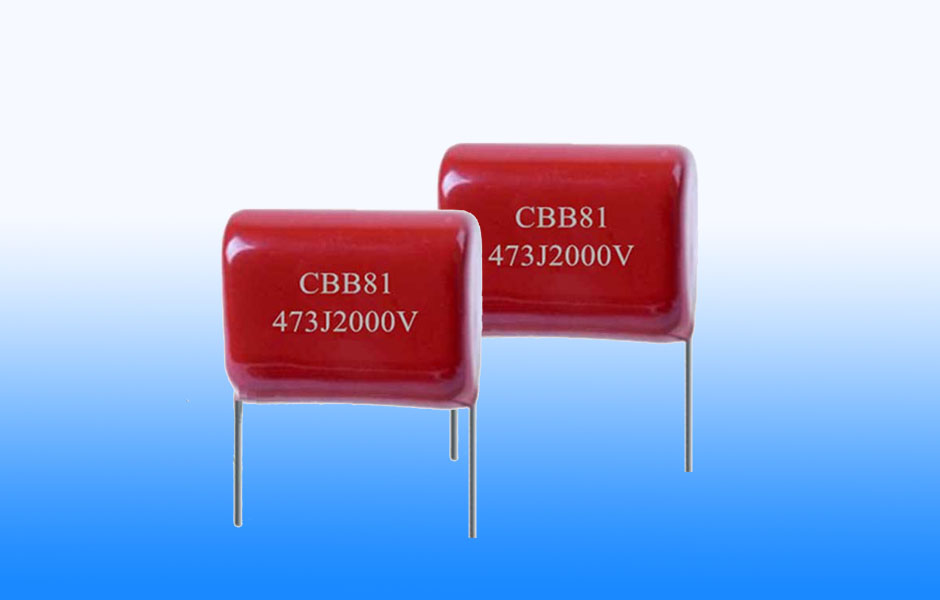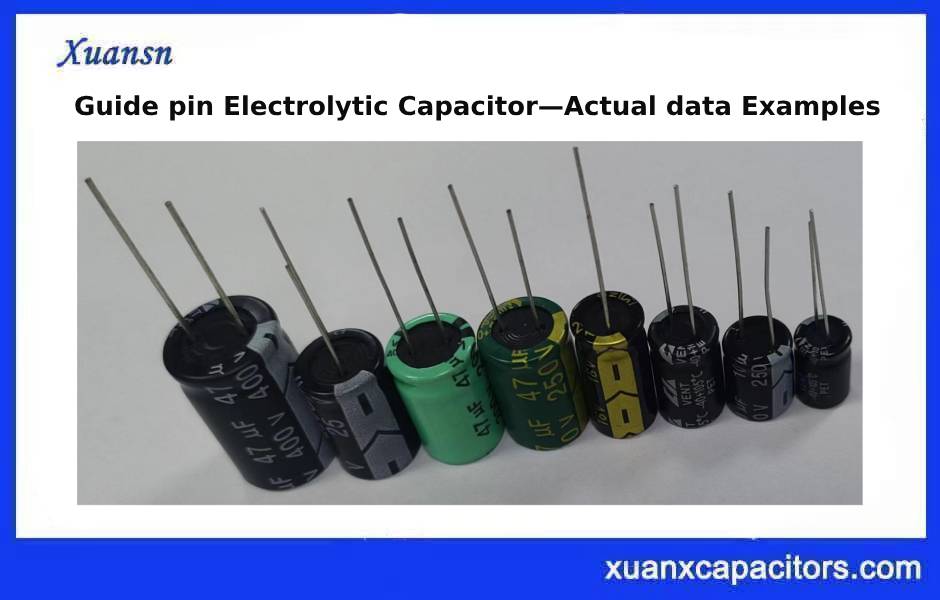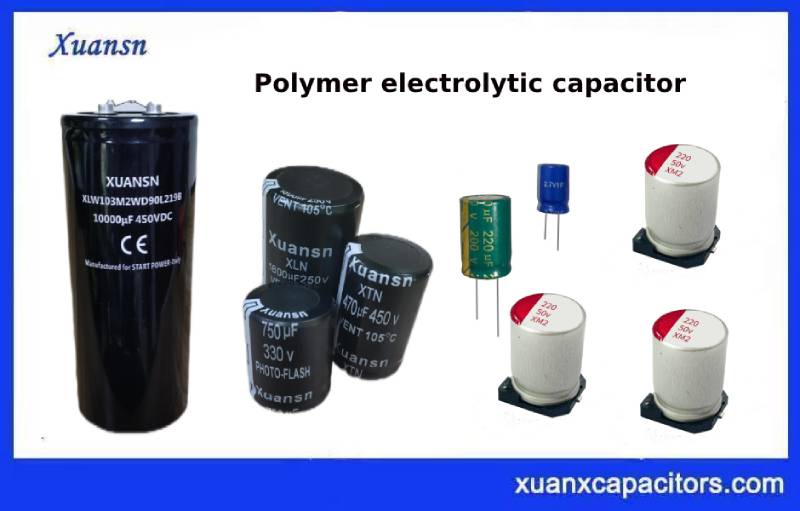Y capacitors are safety capacitors. This type of capacitor meets safety standards and has passed safety standards testing/certification. Therefore, even if this type of capacitor fails, it will not cause electric shock and will not endanger personal safety. In addition, it is made of flame-retardant materials and only It produces explosions, no sparks, only gas.
The Y capacitor is a capacitor connected in parallel between the live wire and the ground wire and between the neutral wire and the ground wire. It is usually only used for filtering in the anti-interference circuit, and mainly for filtering common mode interference.
The common Y capacitors in switching power supplies are divided into Y1 and Y2. The main differences are:
Y capacitors are safety capacitors. This type of capacitor meets safety standards and has passed safety standards testing/certification. Therefore, even if this type of capacitor fails, it will not cause electric shock and will not endanger personal safety. In addition, it is made of flame-retardant materials and only It produces explosions, no sparks, only gas.
The Y capacitor is a capacitor connected in parallel between the live wire and the ground wire and between the neutral wire and the ground wire. It is usually only used for filtering in the anti-interference circuit, and mainly for filtering common mode interference.
The common Y capacitors in switching power supplies are divided into Y1 and Y2. The main differences are:
| Classification | Rated constant pressure | Pressure test |
|---|---|---|
| Y1 | ≤500 | 8.0KV |
| Y2 | ≥500
≤250 |
5.0KV |
The Y capacitance value is usually less than nF level. From the application analysis, the main reason why the Y capacitance value is less than nF level is safety, which needs to meet the leakage current requirements between the primary and secondary sides.
Application note of Y capacitor:
1. Not all Y capacitor bodies are insulators, as shown in the figure below

2. When designing, it is necessary to consider whether the safety distance (creepage distance and electrical clearance) between the Y capacitor pin and the surrounding devices meets the requirements, and the thrust under extreme conditions needs to be considered, that is, according to the requirements of safety standards, use certain Push the Y capacitor to one side with the thrust of, and evaluate whether the safety distance (creepage distance and electrical clearance) after the push meets the requirements;
3. When using Y capacitors, you need to choose a suitable rated voltage. For example, when the product certification working voltage range is 100-240VAC, you need to choose a Y capacitor with a withstand voltage of AC250 or more, and you need to pass the relevant certification;
4. The general certification standard considers Y2 to be basic insulation and Y1 to reinforced insulation, that is, Y1=2*Y2; the certification standards need to be checked for special circumstances;
5. If the withstand voltage at both ends of the Y capacitor is insufficient, you can use the Y capacitor of the same specification to increase the withstand voltage. At this time, you need to pay attention to the use of the same specification Y capacitor to avoid uneven voltage causing the withstand voltage at both ends of a single Y capacitor to exceed the rated voltage. Voltage;
6. The maximum operating temperature of the Y capacitor needs to be selected according to the operating temperature of the whole machine;
7. When Y capacitors are used in series and parallel, it is important to consider the withstand voltage at both ends of the Y capacitors, especially under certain special applications.




